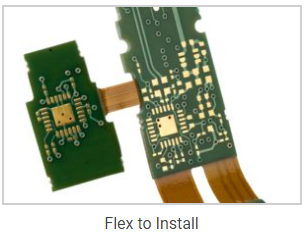What is ENIG Plating?
ENIG (Electroless Nickel Immersion Gold) is a surface plating that is applied over the copper pads on a Printed Circuit Board to protect them from corrosion and other abnormalities. Initially, the copper pad is covered by a Nickel (Ni) layer followed by a thin immersion Gold (Au) layer. ENIG provides good oxidation resistance, excellent surface planarity and allows for easy soldering which results in excellent electrical performance of the PCB board. ENIG is RoHS compliant is therefore one of the most used PCB surface finishes even though it is more complex and expensive when compared to other PCB plating process like HASL . ENIG is a two-layer metallic coating – Nickle is the barrier to the copper pad and is also the materials to which the components are soldered. Gold on the other hand protects the Nickle during storage and also provides low contact resistance. Typical Nickle thickness varies from 4 – 7 µm a...
